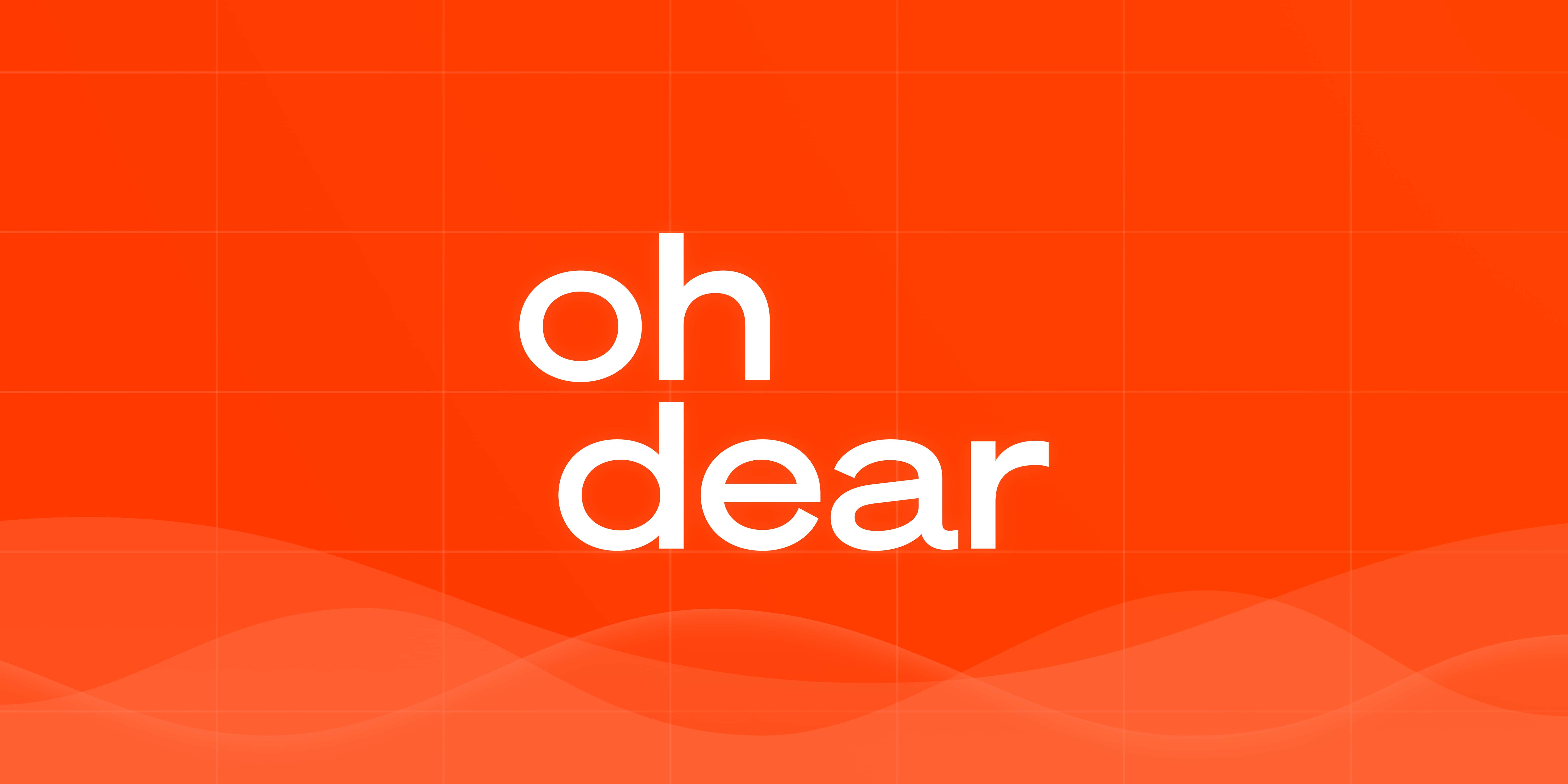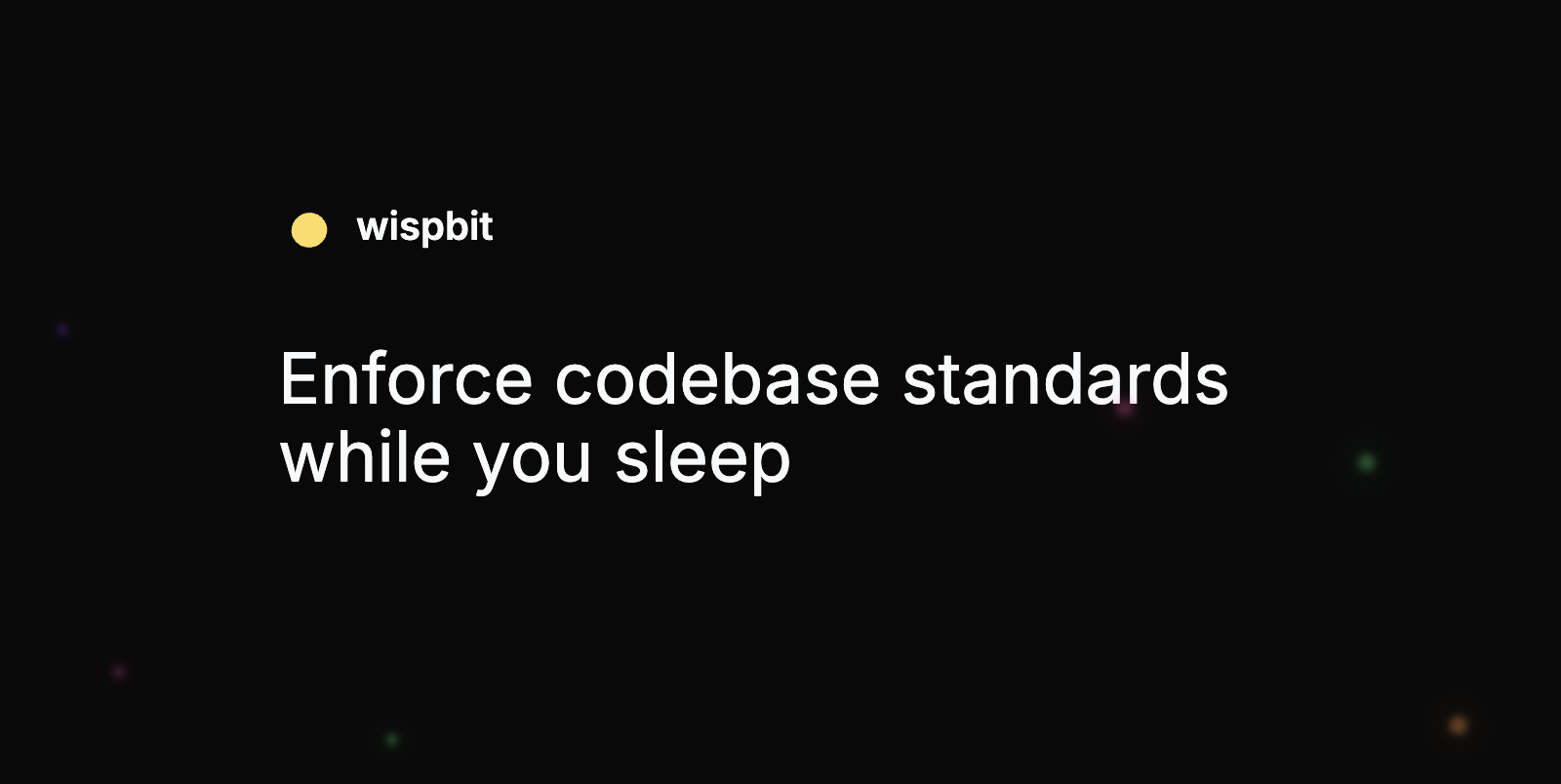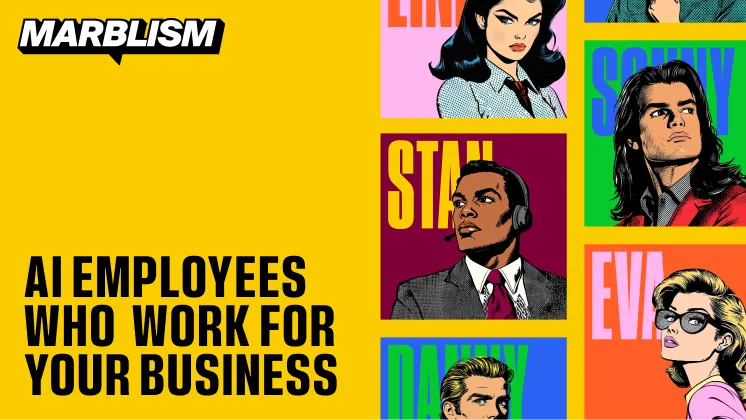DevOps Articles
Curated articles, resources, tips and trends from the DevOps World.
How Desirable Is Your Desired State?
Summary: This is a summary of an article originally published by The New Stack. Read the full original article here →
Dip your toes into Kubernetes, and you’ll quickly come across the concept of a “desired state.” Still, the cloud native ecosystem has created cultural and technical barriers that make your desired state more inaccessible to realize than ever. Barriers like: Only some people know enough about Kubernetes to define the desired state conceptually or on the manifest level.
For example, your actual application state is a mix of the application image, the desired state of Kubernetes and the application’s state, which is stored in a database that’s often external to the cluster itself.
The Kubernetes controller is always trying to synchronize the desired state and the actual state, but your application state also depends on other things.
Product
Useful Links
Made with pure grit © 2025 Jetpack Labs Inc. All rights reserved. www.jetpacklabs.com





